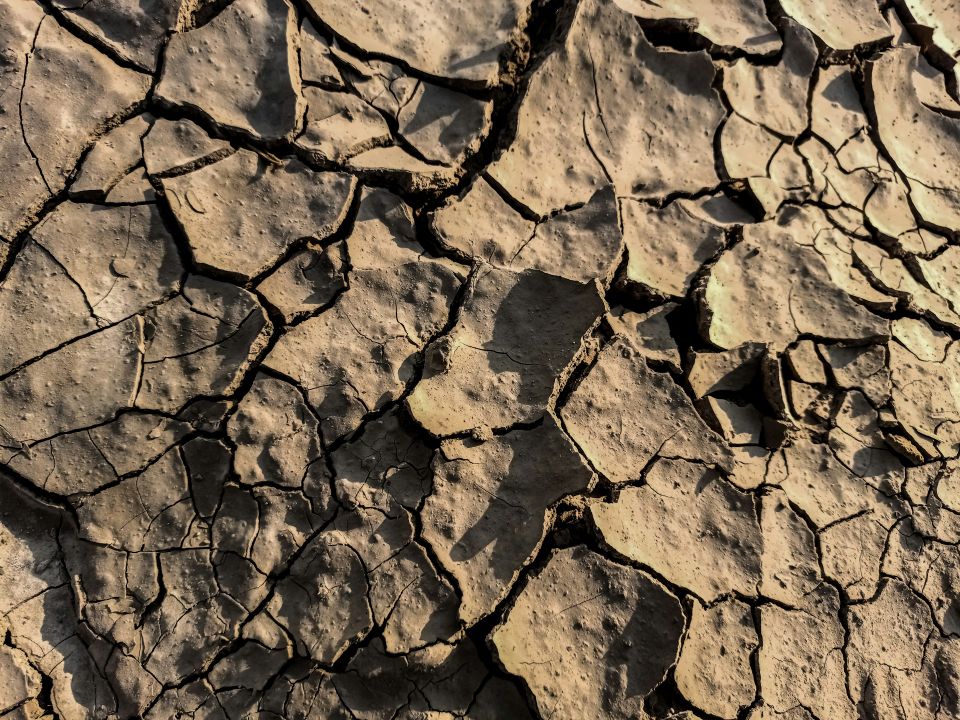As the leaves start to change in Chattanooga, TN, and fall sets in, construction projects face unique challenges. One of the key tasks to prepare for any building or road work is handling the soil dry down. This process is important because it ensures that the ground is stable and ready to support the heavy loads of construction. If the soil isn't properly dried, it can lead to a host of problems, such as uneven settling or even structural damage.
Preparing the soil correctly affects the project's immediate success and its longevity. Think of it like baking a cake: if you rush through the preparation, it might collapse before you even take a bite. The same goes for construction—well-prepared soil leads to sturdy, long-lasting buildings and roads.
Understanding Soil Dry DownSoil dry down is the process of reducing soil moisture to create a solid foundation for construction. But why is it such a big deal before starting projects? When soil retains too much water, it can cause instability. Wet soil can expand and contract, leading to cracks and shifts that undermine even the strongest structures. By drying the soil, construction teams ensure they have a stable base to build on.
What makes soil dry down a bit tricky in Chattanooga during fall? The region's autumn can bring unpredictable rain, posing a challenge for keeping soil conditions ideal. These wet spells can delay construction, and if not managed correctly, can compromise the quality of the entire project.
Effective Soil Dry Down MethodsTo handle soil moisture effectively, professionals often turn to several methods:
1. Mechanical Methods: Machines play a big role in drying soil. Equipment like tractors and soil stabilizers can mix and aerate the ground, allowing moisture to evaporate more efficiently.
2. Chemical Methods: Sometimes, it’s helpful to use chemicals like lime or cement to draw out excess moisture. These chemicals react with soil particles, helping to solidify the ground faster than natural drying.
3. Natural Methods: Simply allowing the sun and wind to do their part can also be effective, particularly on days when the weather plays along. By exposing soil to natural elements and ensuring good drainage, teams can dry soil effectively without needing much mechanical intervention.
These methods, when used wisely, help manage soil moisture, making construction smoother and more predictable. Choosing the right combination of methods often depends on the project size and the specific conditions of the site, but each helps create a stable base ready for building.
Tips for Managing Soil MoistureHandling soil moisture effectively requires a blend of attention and strategy. One of the core practices is regular monitoring, which helps anticipate potential issues before they become significant problems. By using moisture meters or sensors, you can regularly check soil conditions and adjust plans accordingly, ensuring the ground remains stable for construction.
Effective drainage solutions are another vital aspect of moisture management. Implementing systems like ditches or pipes can redirect excess water, preventing waterlogging and maintaining soil integrity. It’s a bit like making sure your bathtub drains properly—without good drainage, water just sits there, causing issues over time.
Scheduling also plays a big role in managing soil conditions. Coordinating construction activities around weather forecasts can prevent unwanted delays caused by rain. This means keeping an eye on local weather patterns and planning work during dryer spells. Timing construction activities can mean the difference between working in a muddy mess and having a smooth, prepared site.
Benefits of Professional Soil Dry Down ServicesProfessional services bring several advantages that can make a huge difference in managing soil conditions, especially when projects are extensive. Expertise is one of the main benefits. Having specialists with in-depth knowledge of soil behavior can ensure the drying process is both efficient and effective. Professionals understand how different soils react to water and know the best techniques to handle them.
Another benefit is access to specialized equipment. Large-scale construction projects often require more than just basic tools. Specialized machinery can speed up the drying and stabilization process significantly, something that might be challenging with standard equipment. Think of it as needing a bulldozer instead of a shovel when moving a mountain.
Risk reduction is another upside of professional involvement. With skilled technicians handling the soil preparation, the chances of project delays or structural issues decrease. They’ve seen a wide range of scenarios and can anticipate and solve problems effectively. This means projects stay on track, ensuring that once the ground is prepared, everything else can proceed without a hitch.
Ensure Stable Ground for Your Chattanooga ProjectsGetting the soil dry down process right sets the foundation, literally and figuratively, for successful construction in Chattanooga. By understanding and applying the right methods and tips, builders can save time and resources while ensuring robust and enduring projects. Making informed decisions about soil management impacts the immediate work and contributes to structures that stand the test of time.
Secure a solid foundation for your next project with the help of Terra-Firma Stabilization & Reclamation. Our expert
soil modification techniques ensure that your construction site is stable, even when facing Chattanooga's challenging fall weather. Let us help you achieve lasting durability and strength; contact us today to discuss your soil preparation needs.

